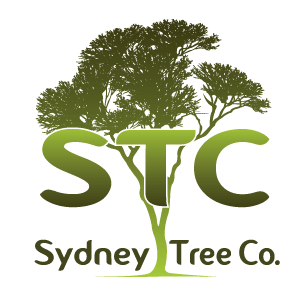Assessing the Situation: Safety First
Ensure Personal Safety
The first and foremost consideration is the safety of yourself and those around you. Keep a safe distance from the fallen tree, assessing the potential risks, such as hanging limbs or damaged power lines.
Evacuate if Necessary
If the fallen tree poses an immediate threat, evacuate the area promptly. Prioritize your safety and that of others, seeking shelter away from the affected zone.
Emergency Tree Removal Procedures
Contact Emergency Services
Swiftly contact local emergency services to report the fallen tree. They are equipped to handle urgent situations and can secure the area promptly.
Professional Arborist Assessment
Engage the services of a professional arborist to assess the damage and determine the best course of action. Their expertise ensures a thorough evaluation, identifying potential risks and the safest removal methods.
Obtain Necessary Permits
Before commencing with the removal process, check local regulations and obtain any required permits. Adhering to legal requirements ensures a smooth operation and prevents potential complications.
Use Caution with DIY Removal
If you opt for a do-it-yourself approach, exercise extreme caution. Only proceed if you have the necessary skills and equipment. Otherwise, seeking professional assistance is advisable to avoid accidents and further damage.
Cleanup and Restoration
Dispose of Debris Responsibly
Once the tree is removed, responsibly dispose of the debris. Check with local waste management services for guidelines on proper disposal methods.
Address Landscape Damage
Assess and address any damage to your landscape caused by the fallen tree. This may involve repairing fences, restoring flower beds, or replanting vegetation.
Insurance Claims
If the fallen tree caused property damage, contact your insurance provider promptly. Document the incident with photographs and provide a detailed account when filing a claim.
Preventive Measures for Future Storms
Regular Tree Maintenance
Minimize the risk of future tree-related emergencies by implementing regular tree maintenance. Prune branches, inspect for signs of disease, and address potential hazards proactively.
Emergency Preparedness
Incorporate tree-related emergencies into your overall emergency preparedness plan. Being proactive and having a clear strategy in place can significantly reduce the impact of unexpected incidents.
In conclusion, handling a fallen tree after a storm requires a combination of safety awareness and swift, informed action. Prioritize personal safety, seek professional assistance when needed, and implement preventive measures for the future. By following these guidelines, you can navigate the aftermath of a storm with confidence and resilience.

